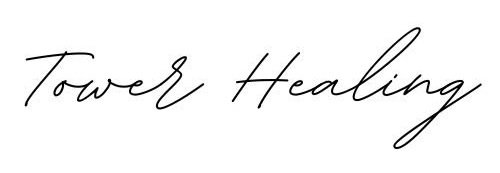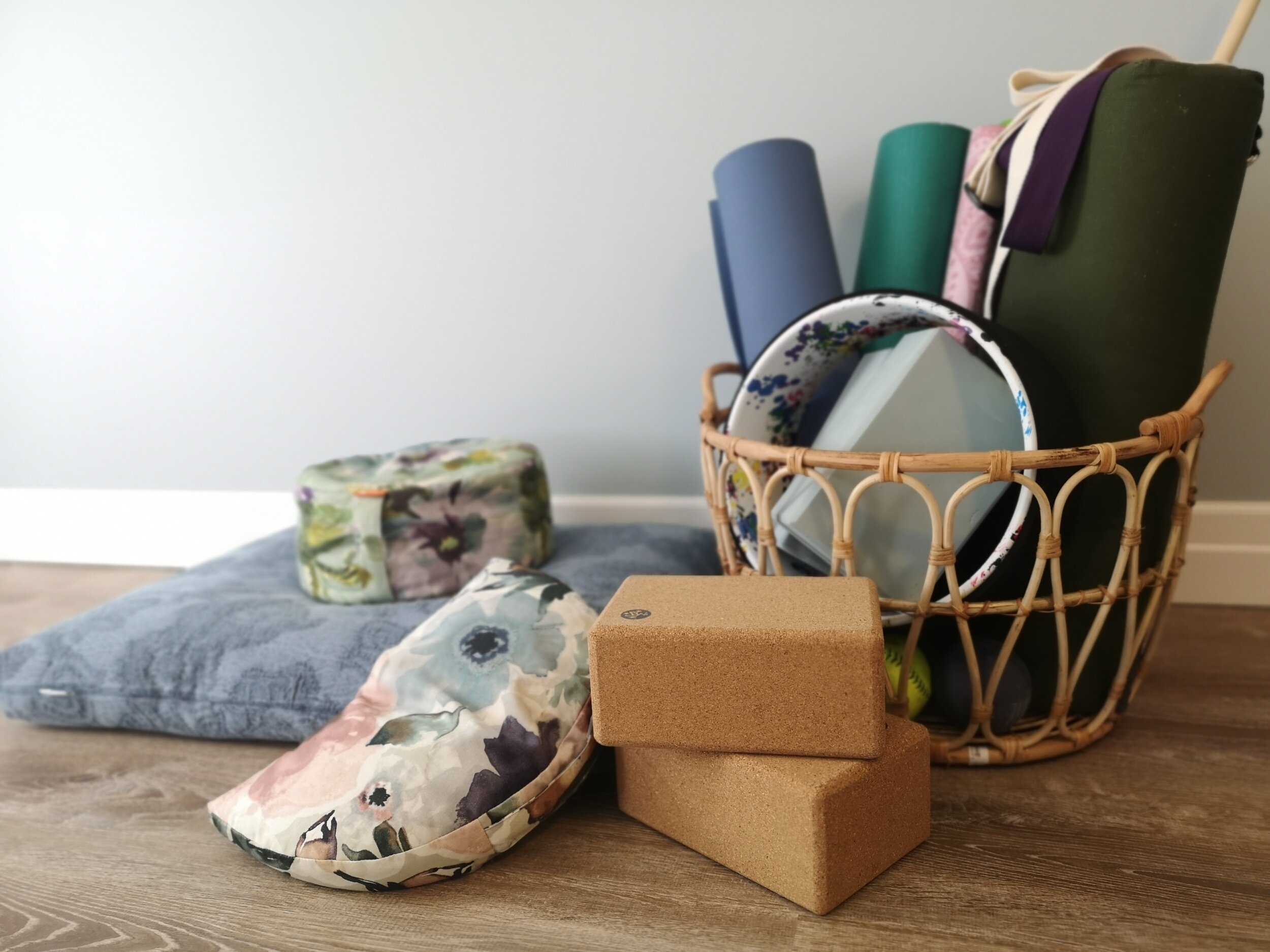Gear you NEED to practice yoga!
You’ve seen them, the yoga “savants” that are featured on YouTube and social media alike. Decked out in their designer yoga-wear and doing daring and gravity defying poses, seemingly effortlessly. (I’ll admit, I do love my lululemon gear - it’s so comfortable and the prints are fun - but it’s by no means necessary!)
You think “If that’s what yoga is, it’s not for me!”
The truth is that what yoga looks like for each person is starkly different, and that’s how it SHOULD be. There is no need to spend a small fortune on “yoga-wear”, an expensive yoga mat, and all the fancy props that are featured; yoga socks, wheels, straps, blocks, pillows, bolsters, jellies etc.
All you need to practice is your body (Clothed, or not! haha), and a small space were you can take a wide stance and lift your arms overhead.
You don’t even need the overhead room if it’s limited; if you have shoulder problems or a heart condition you shouldn’t be lifting your arms overhead anyways!
However, there are some items that can certainly help, especially if you’re modifying poses.
Here’s a list of the options that I would recommend and why, as well as the approximate price point ($CA).
Comfortable clothing
The key here is something you can move in, stretch, twist and that breathes. It doesn’t have to be fitted, but if you’re doing inversions (like Downward Facing Dog) you’ll want to be able to tuck your shirt in at the waist so it doesn’t flip over!Inexpensive yoga mat
There’s no need for a mat at all, but if you’re doing any poses that require grip, this will be key. The mat doesn’t need to be expensive, they start in the $20-30 price range and will be suitable for your yoga needs. I didn’t upgrade to a premium mat ($75+) until I had been teaching regularly for over a year, since the heavy use had begun to cause my initial mat some wear and tear. When buying your mat you’ll just want to consider the thickness; most mats are 3-6mm, thicker mats will provide more support for your knees, however they are more challenging for balance poses. Pilate mats are often far too thick, however they can be added in when you need or want the extra support or when practicing restorative yoga.Set of yoga blocks
There are lots of great inexpensive options for sets of 2; generally in the $10-25 price range. These are great for all levels of practitioners as they allow for many more modifications in the pose, including reinforcing alignment when placed between the feet and knees in select poses.Yoga strap
A yoga strap is also helpful when flexibility is still a work in progress. It allows you to use the strap to bridge the gap in poses and is adjustable as your flexibility increases. I would suggest trying to find a strap with teeth on the buckle as I find they grip more easily. Straps are in the $5-25 range depending on patterns and other factors. They are worth considering as they can add extra dimension to your practice or stretch goals.
Yoga cushions/bolsters
These come in all different shapes and sizes depending on their purpose. They are handy for meditation and for seated poses to achieve a flat back when working on flexibility through the legs and hips. Bolsters can also be used when lying supine and placed under the knees or the back. You can also make do without them by using yoga blocks to sit on or rolling up/folding towel(s) or using throw pillows. Cushions and bolsters can be quite expensive $50-100 and generally have a specific use. I only bought my first cushions after about 3 years + of regular practice, so you can easily go without.
There are many more options out there and the sky is the limit with the selection that is now available.
Just remember that specialty equipment or designer clothing are not required, and the only thing you really need to practice yoga, is your body.
Be safe, and enjoy!

